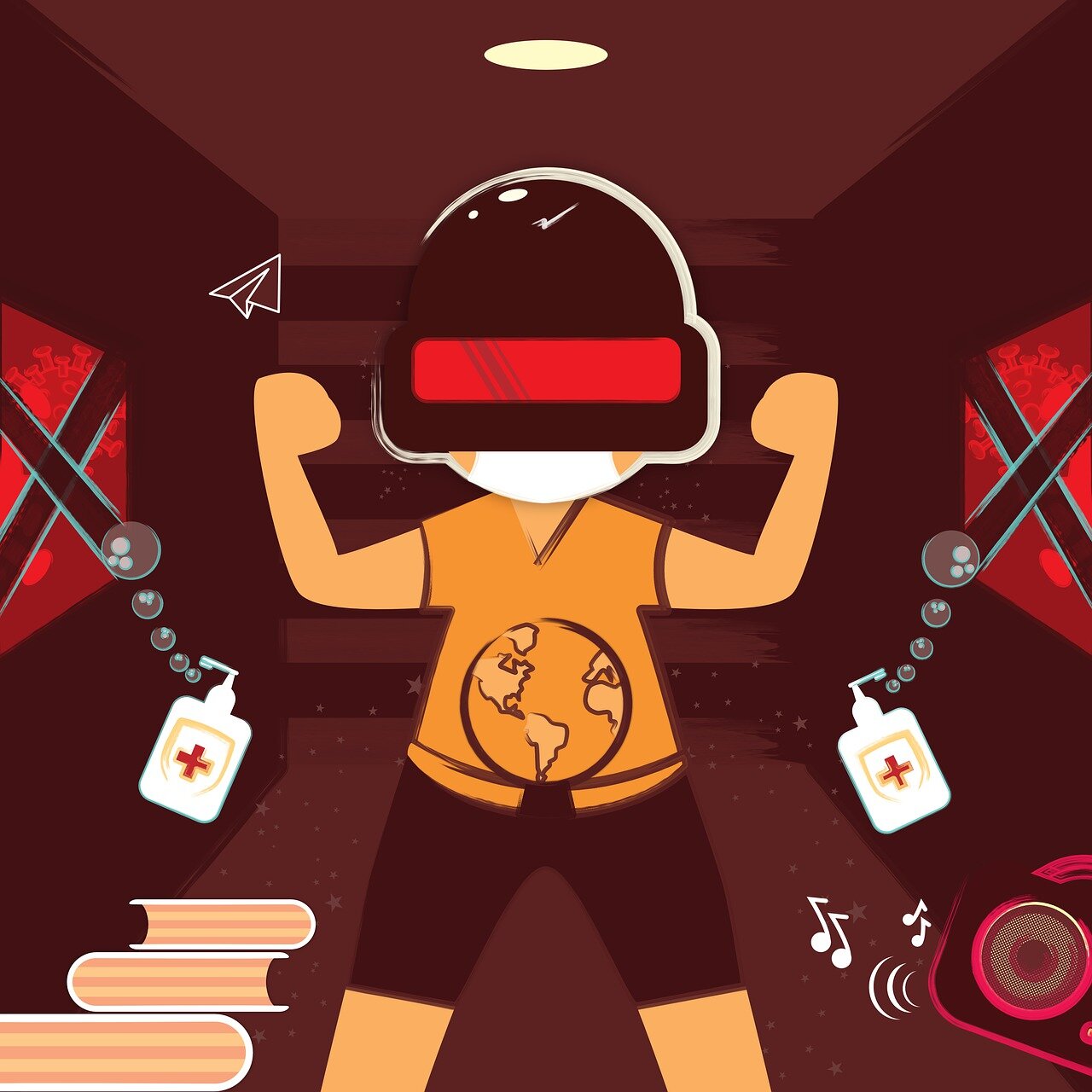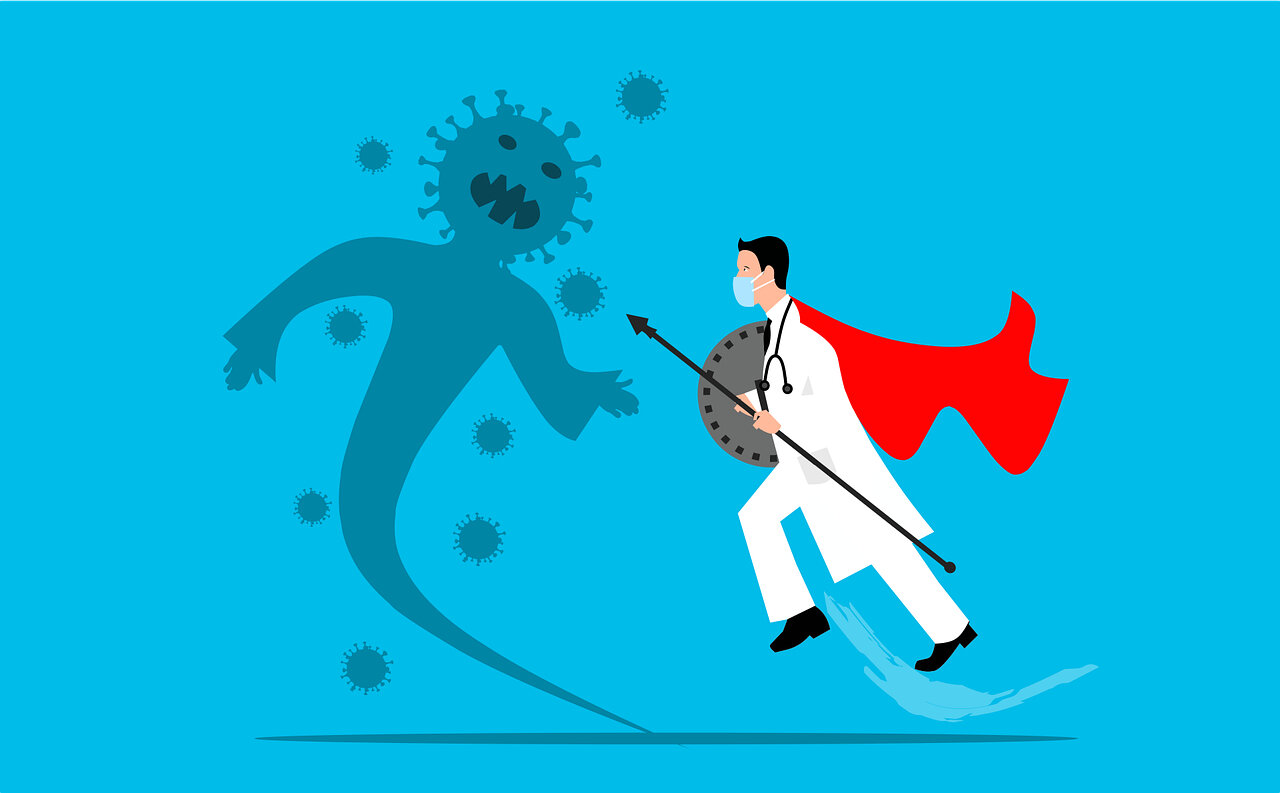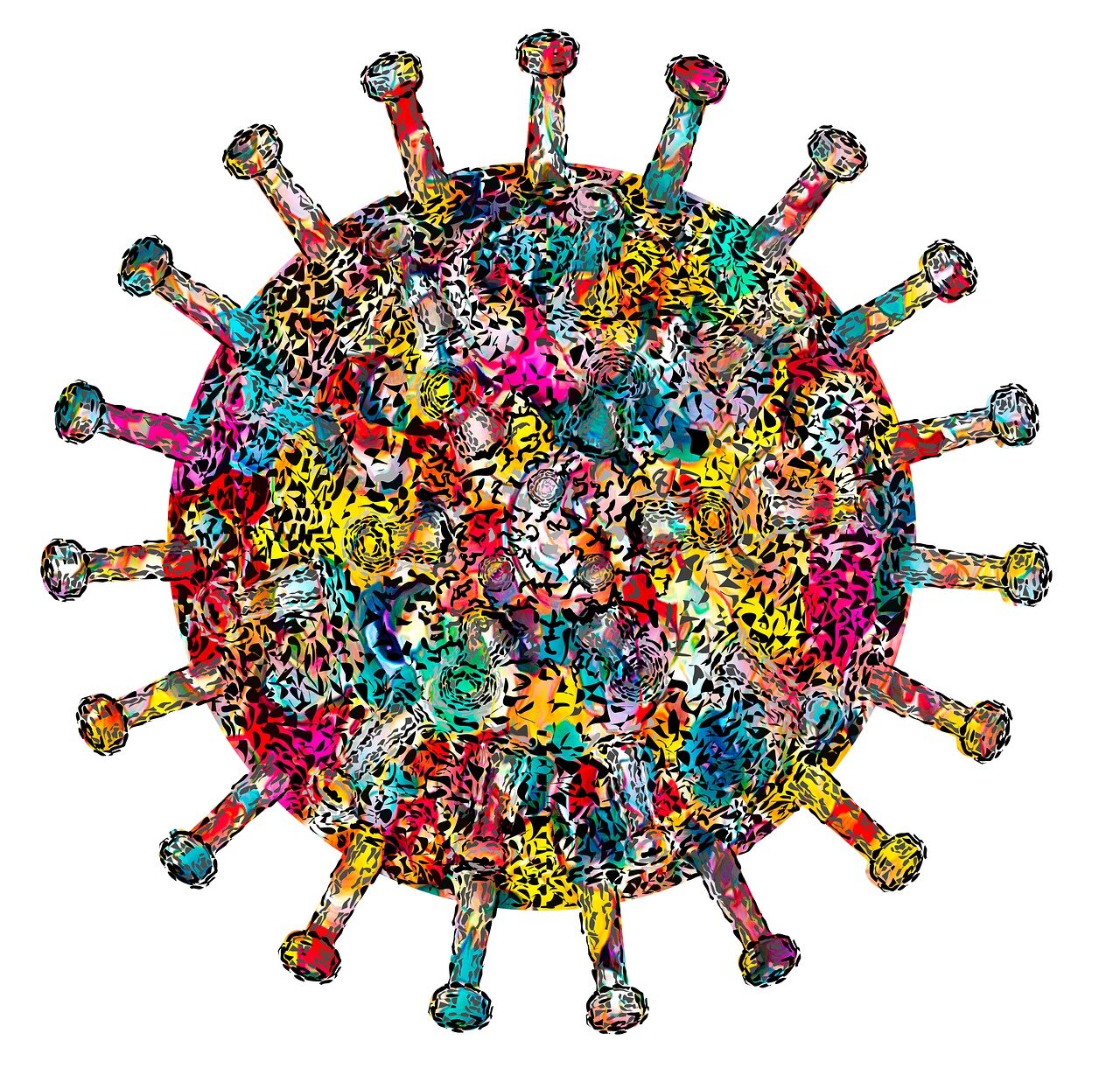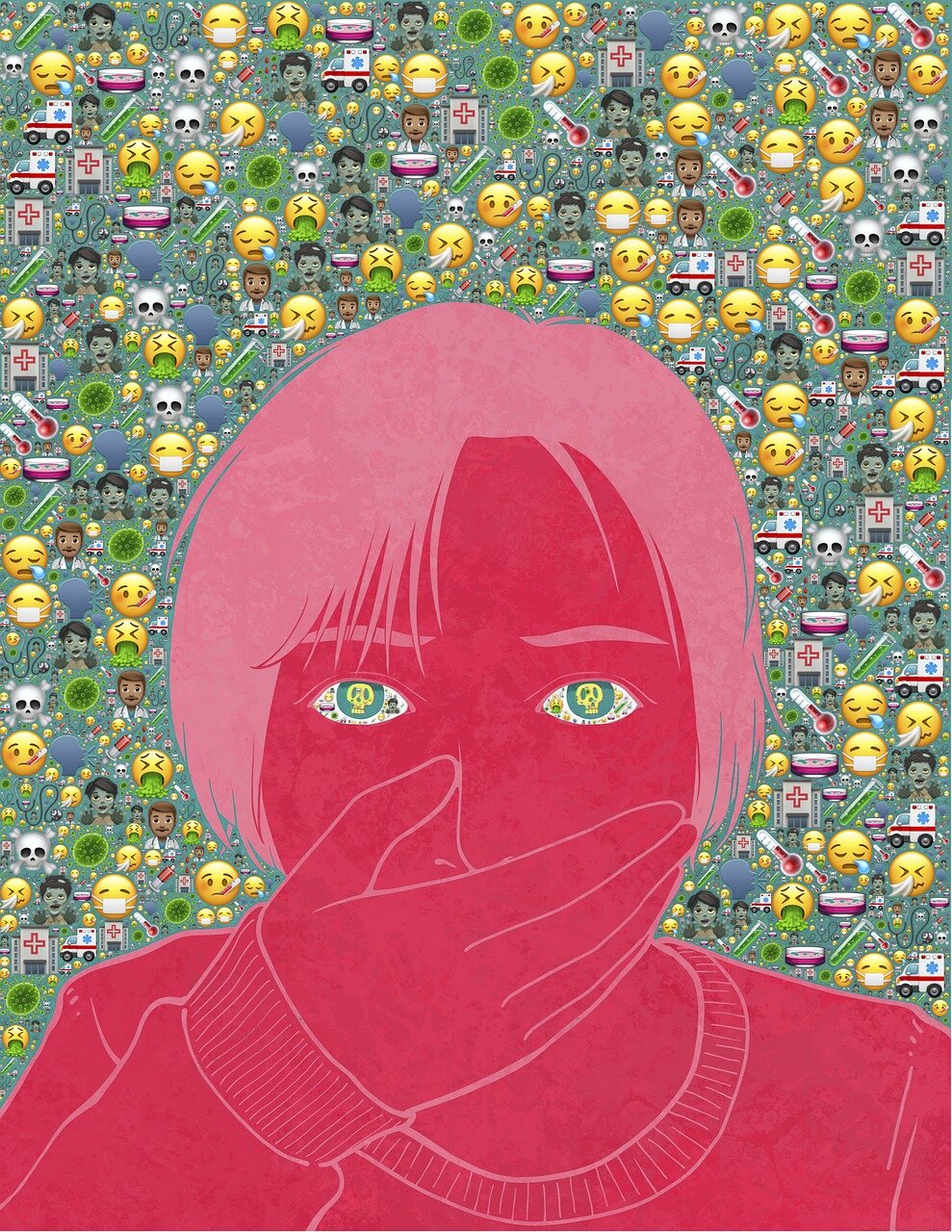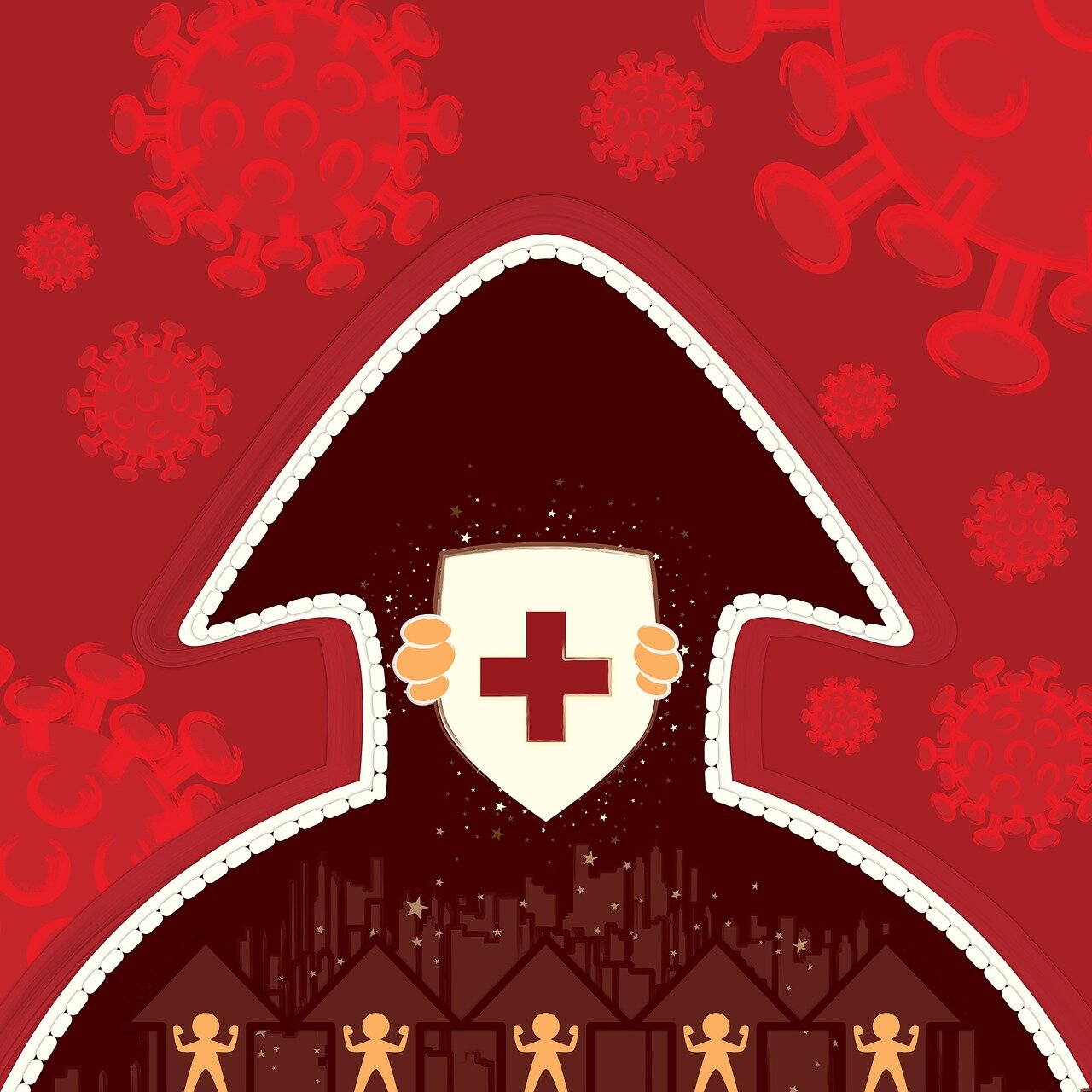The Language of Pandemics
By Mariam Ghani | 28 May 2021
From “immunogenicity” to “RT-PCR”, COVID-19 has made many once-obscure words a part of our everyday conversation. As government bodies, scientists, and medical professionals race to combat the virus, more such terms have been added to our vocabularies to describe new ways of thinking. The language that we use to define the COVID-19 pandemic suggests that it is a cruel enemy that must be defeated through our war rooms and the efforts of our frontline workers. But, are we at war with COVID-19? How does our language and cultural discourse influence the way we think about the scientific discourse around pathogens? Mariam Ghani, an artist, writer, and filmmaker, who has been observing the language and metaphors of illness in her latest project, Dis-Ease, contemplates these questions.
About the Expert
Mariam Ghani is an artist, writer, and filmmaker. Her work spans multiple disciplines and looks at places, spaces, and moments where social, political, and cultural structures take on visible forms. Her films have screened at the Berlinale, CPH:DOX, DOC NYC, Sheffield Doc/Fest, SFFILM, and Ann Arbor, among other festivals. Her work has also been exhibited and screened at the Guggenheim, MoMA, Met Breuer, and the Saint Louis Art Museum, among others.
Some of her recent texts have been published in e-Flux, Frieze, Foreign Policy, Triple Canopy, and the readers Assuming Boycott: Resistance, Agency and Cultural Production, and Critical Writing Ensembles, among others. Ms Ghani has received a number of fellowships, awards, grants, and residencies, most recently from Creative Capital, the New York State Council on the Arts, the New York Public Library, and the 18th Street Arts Center in Los Angeles, among others.





